Verizon's sneaky 5G naming change will impact its iPhone SE (2022) and iPad Air (2022) users
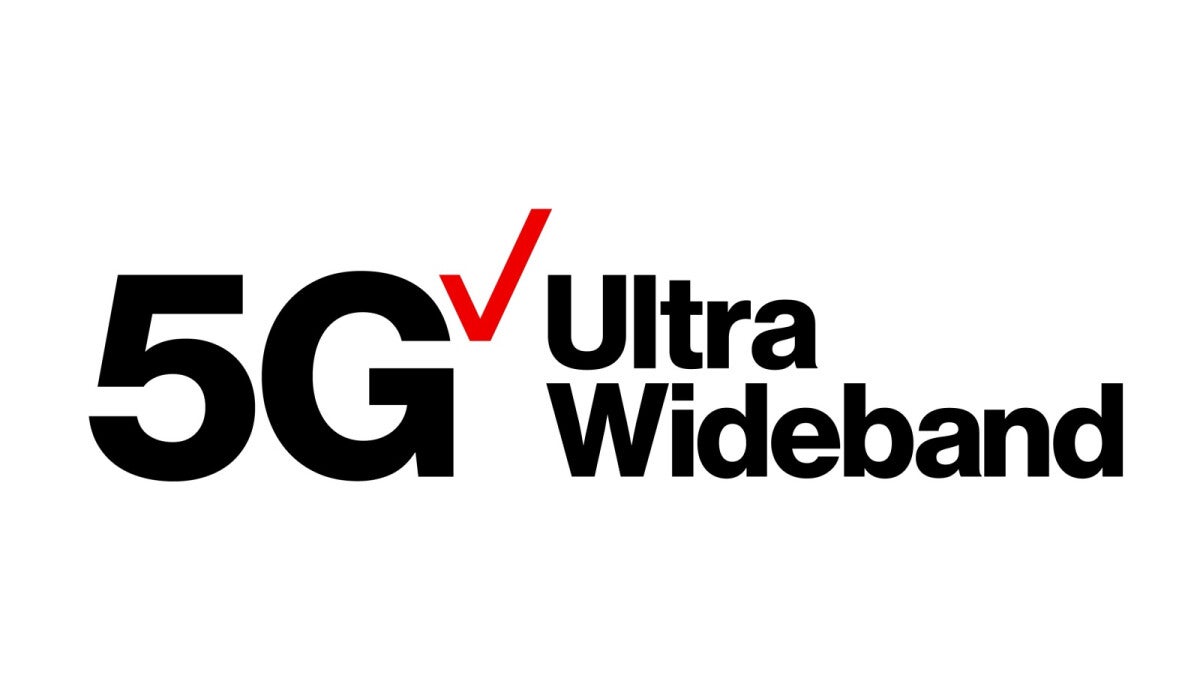
When the time came for U.S. carriers to build their 5G networks, Verizon and AT&T figured American consumers would naturally be blinded by speed instead of accessibility. The two carriers decided to first build around their high-band millimeter-wave (mmWave) spectrum. Yes, these are the airwaves that deliver download data speeds close to 1Gbps.
Sure, those figures sounded great, but mmWave signals do not travel far and are easily blocked by trees, structures, and anything in the path of the airwaves. Thus, while mmWave offered the data speeds that the public thought of when they heard "5G," finding a mmWave signal was next to impossible.
T-Mobile was the only major U.S. carrier to build its 5G network the right way
But one U.S. carrier has been ahead of its rivals every step of the way and that is T-Mobile. But before we dive into that, let's examine the low-band spectrum. Ever wonder why so often when you're connected to a 5G signal it feels no faster than 4G? That's because low-band 5G signals are indeed not much faster than 4G LTE signals if they are faster at all.

T-Mobile compares its 5G network to a cake with three different layers of connectivity
But low-band does travel farther than mmWave and its signals are not blocked by structures. As a result, the odds favor that you'll be connected to low-band 5G in the states albeit at data speeds no faster than 4G LTE. But T-Mobile made a brilliant move by acquiring Sprint for $26 billion. By purchasing Sprint, T-Mobile was buying a hoard of mid-band 2.5GHz spectrum. Hey, you didn't think that T-Mobile wanted Sprint for its operations, did you?
Mid-band spectrum is the Goldilocks of cellular airwaves as it travels farther than high-band mmWave and offers faster download data speeds than low-band (approximately 300Mbps compared to 1Gbps for mmWave). In other words, mid-band 5G has greater accessibility and faster download speeds than what most of the public has been experiencing from their 5G connections.
In typical T-Mobile fashion, the carrier's Chief Technical Officer Neville Ray chided Verizon and AT&T for building their 5G networks using mmWave to start (John Legere may no longer work at T-Mobile, but the snark remains). Desperate for some mid-band spectrum to use, T-Mobile and AT&T spent $68 billion combined to win C-band licenses via an FCC auction.
The C-band airwaves that were auctioned off were in the 3.7GHz-3.98GHz range putting them in the mid-band category. However, these signals can interfere with certain altimeters on commercial airplanes. The altimeter tells the pilot how far above the ground a plane is flying at and is an important tool.
As a result, the FCC has banned the use of 5G towers near certain airports. And that brings us to last Tuesday's "Peek Performance" event held by Apple. While the iPhone SE (2022) and the iPad Air (2022) both support 5G, this support only goes as far as sub-6GHz signals which cover low and mid-band airwaves.
Apple's iPhone SE (2022) and iPad Air (2022) do not support its 5G mmWave signals
So Verizon's mmWave 5G cannot be accessed by the new iPhone SE and iPad Air (that goes for all three carriers, in fact). But when Verizon released the Pixel 4a (5G) in October 2020, that handset only supported sub-6GHz 5G. According to The Verge, Verizon demanded that Google supply it with a special version of the phone with mmWave support and Verizon charged $100 more for it.
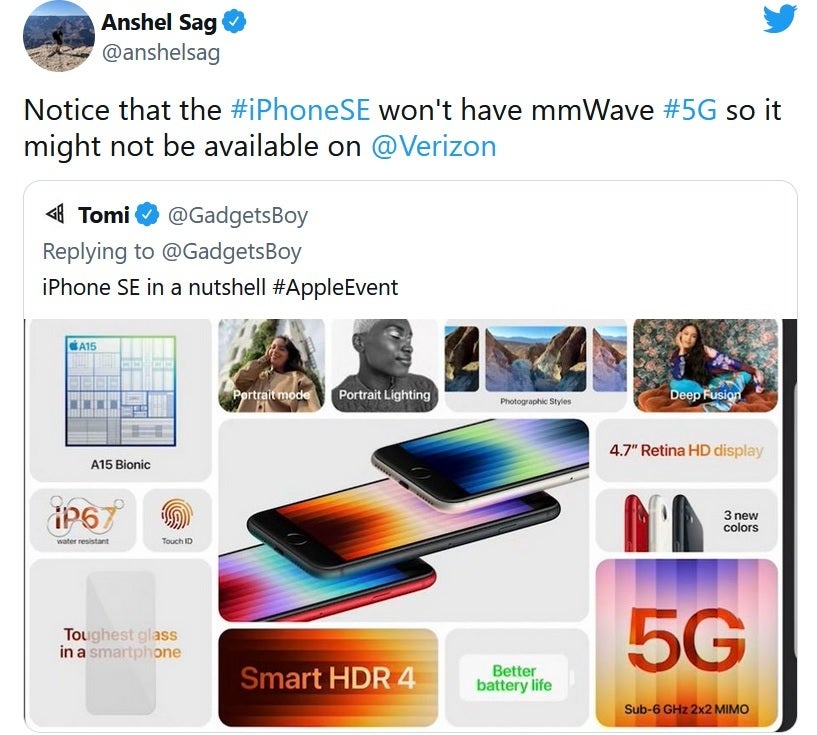
Analyst Anshel Sag points out the lack of mmWave support on the new iPhone SE
The Verge also notes that Big Red's version of the Galaxy S20 features less memory and no microSD slot so that there is room for the mmWave 5G radio. And with this in mind, Apple was faced with this situation again with the iPhone SE (2022) and the iPad Air (2022).
Sure, Verizon could have chosen not to offer the new devices or demand that Apple make a special model that would work with its mmWave signal. Instead, it will carry the phone and the tablet as is and thanks to a change it made last month in how it brands its 5G services, both Apple devices will show support for Verizon's Ultra Wideband service.
But...what? Huh? How could that be? Didn't we just say that the iPhone SE (2022) and iPad Air (2022) don't support mmWave? Yes, we did. But Verizon had a trick up its sleeve.
Up until February, Verizon's Ultra Wideband service (known as 5G UW on your iPhone's status bar) referred to mmWave 5G ONLY. But last month, whether done on purpose in advance of the Apple event or not, the nation's largest carrier decided to include mid-band 5G in the Ultra Wideband category. Now, when you see the 5G UW icon on your phone, you might be connected to a mid-band 5G network running at 300Mbps down as opposed to finding an extremely rare mmWave signal with download speeds approaching 1Gbps.
Verizon's own website said in January that "5G Ultra Wideband is Verizon’s highest performing 5G. Our 5G Ultra Wideband network uses high band (mmWave) spectrum to deliver a top-of-the-line 5G experience."
Verizon's site now says, "5G Ultra Wideband is Verizon's highest performing 5G. Our 5G Ultra Wideband network uses high band (mmWave) and mid-band (C-band) spectrum to deliver a top-of-the-line 5G experience. 5G Ultra Wideband provides game-changing benefits, like speeds up to 10 times faster than what you have now."
Follow us on Google News



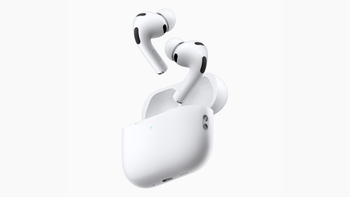
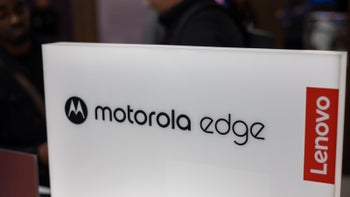

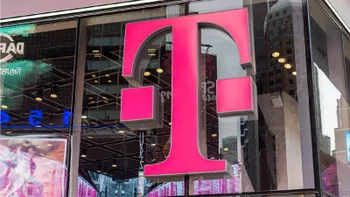
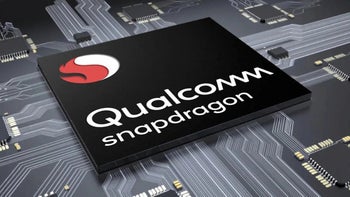

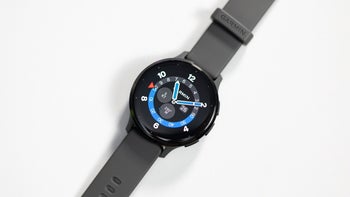

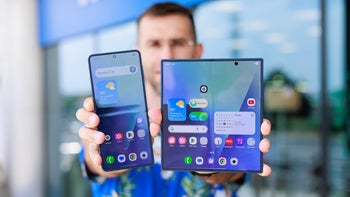

Things that are NOT allowed:
To help keep our community safe and free from spam, we apply temporary limits to newly created accounts: